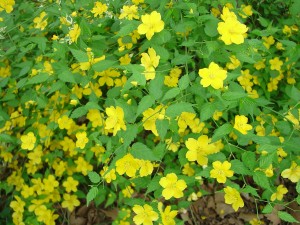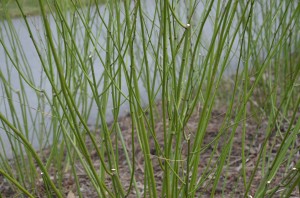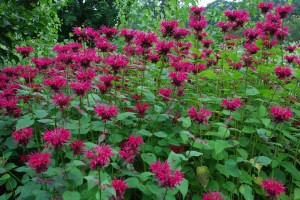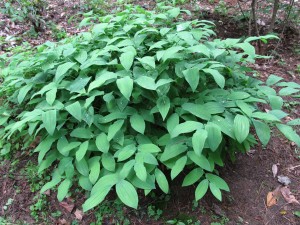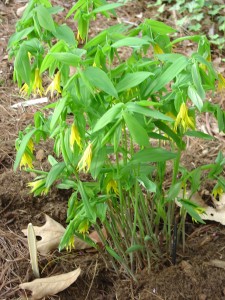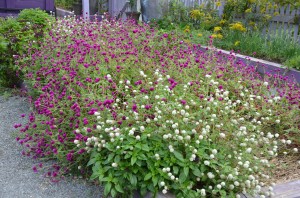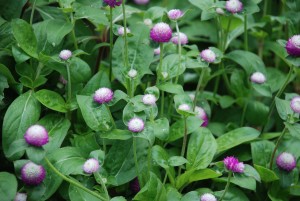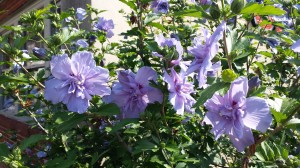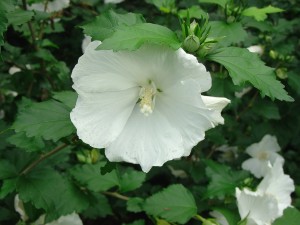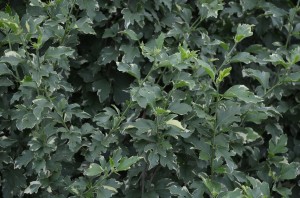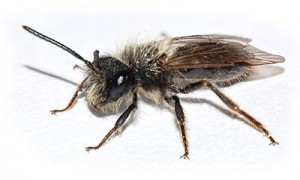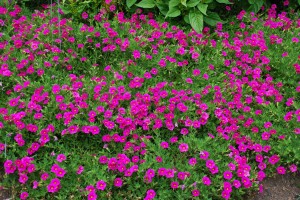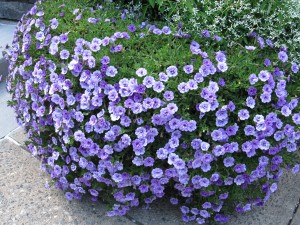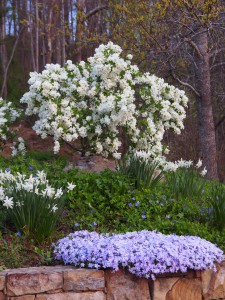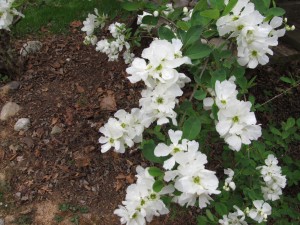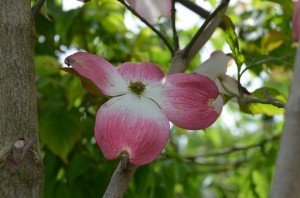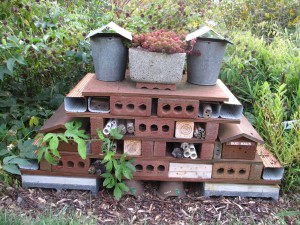Japanese Kerria (Kerria japonica) is an old fashioned shrub that never seems to go out of style (USDA hardiness zones 5-9). Some call it the “Yellow Rose of Texas”, although kerria originates from eastern Asia. Its showy yellow buttercup-like flowers bloom in spring, after the forsythias have finished. In winter you’ll fall in love with kerria’s graceful arching bright green stems.
Kerria is easy to grow and is highly adaptable to almost any garden locale. Depending on cultivar, it grows 3-8 feet tall and 6 -10 feet wide. You may opt to grow it in full or partial sunlight and it tolerates moderate shade. It develops into an excellent woodland plant, although flowering is less. Kerria adapts to almost any soil type, preferring a moist well-drained site.
Provide lots of room as this shrub tends to sucker freely; holding plant colonies in check may become a chore. Foliage may burn in full afternoon sun, particularly white edged variegated forms. Container grown nursery-grown plants may be set almost anytime from late winter to mid-autumn.
Keep the soil moist until the shrub becomes established after its first year. It suffers during long dry spells resulting in stem dieback. No fertilizing is necessary as nitrogen stimulates suckering and less flowering. Fall leaf color is insignificant.
Kerria should be pruned following spring bloom to maintain a desired size and to remove dead branches and twigs. Every few years kerria should be completely renovated following spring flowering; cut back the entire shrub to within 12 inches from the ground. Diseases and pests are rarely a problem.
Selected Cultivars:
‘Geisha’ – attractive yellow and white speckled variegated leaves.
‘Golden Guinea’- large single flowers and 4-5 feet tall shrub (commonly sold in U.S. garden centers).
‘Picta’ – white edged leaves; protect from afternoon sun in southerly areas; prune off reverted green leaf shoots.
‘Pleniflora’ (‘Flora Pleno’) – double flowered form with wicked suckering habit.
‘Shannon’ – produces larger single blossoms on 5 to 6 feet tall shrub.

